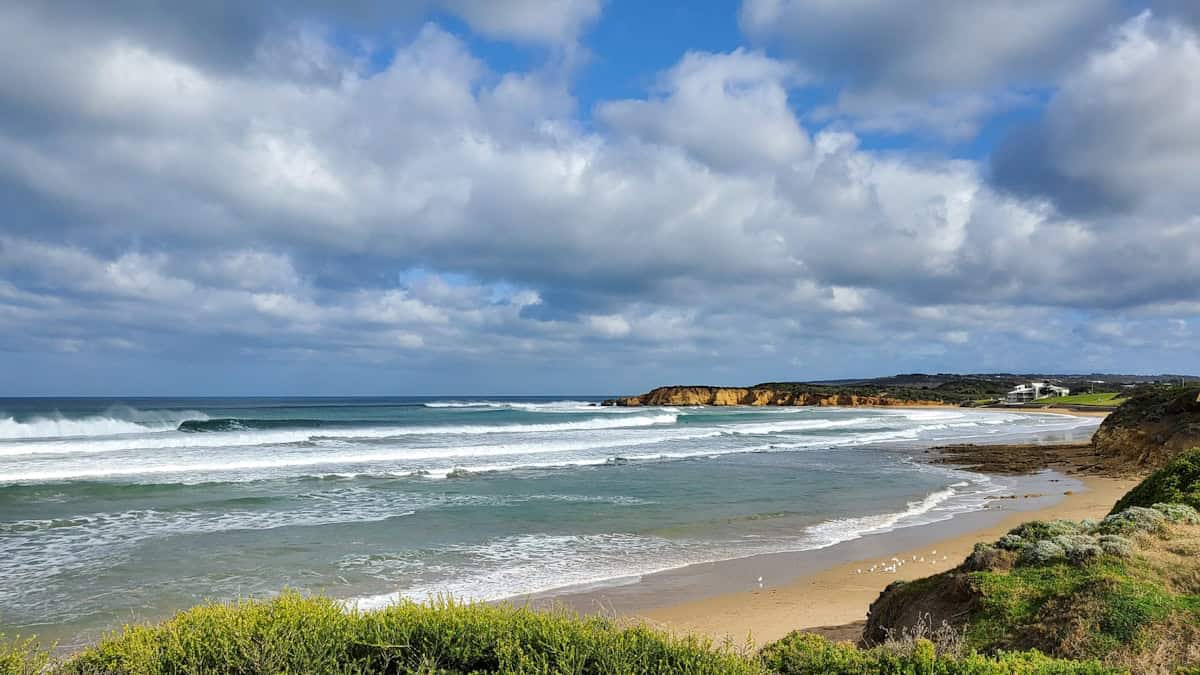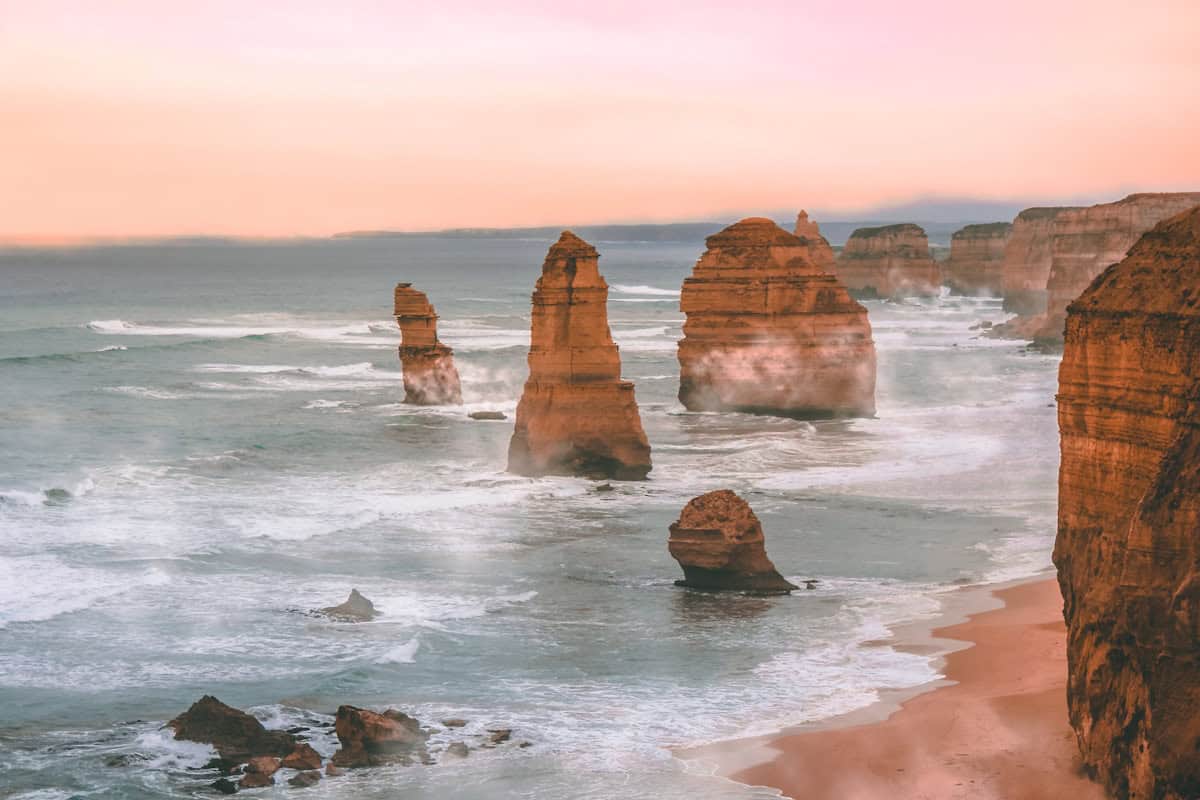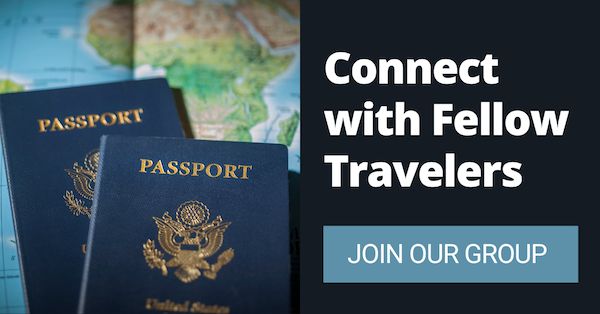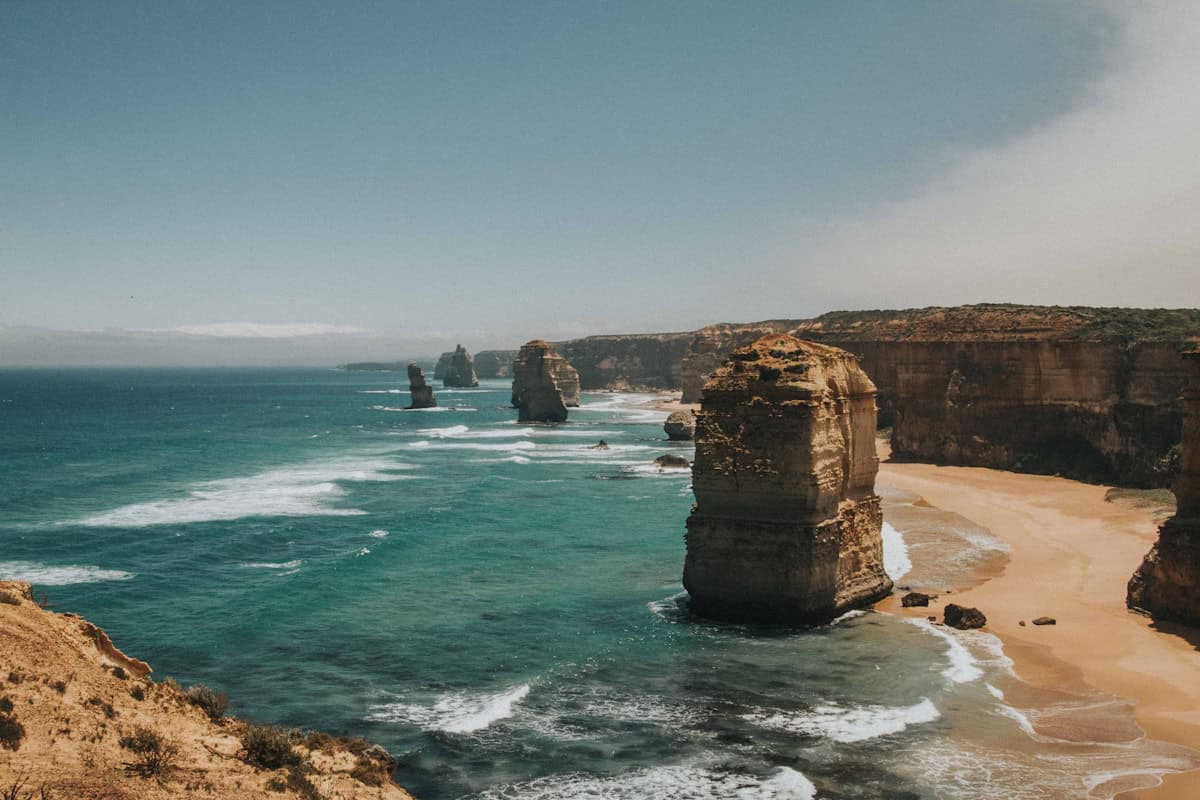
Road Tripping Australia’s Great Ocean Road: Your Guide to a Dream Coastal Adventure
By: Mike Coleman
Skip to Section
Article Summary
Australia’s Great Ocean Road packs world-class surfing, ancient rainforests, and limestone formations that’ll make your jaw drop into a 150-mile stretch of coastal perfection. Built by WWI soldiers as a memorial between 1919 and 1932, this route delivers everything from kangaroo golf partners to whale watching from your car window.
This guide takes you through the must-see stops from Torquay’s surf culture birthplace to the famous Twelve Apostles limestone stacks that keep evolving thanks to relentless Southern Ocean waves. You’ll get the inside scoop on reliable koala spotting locations, seasonal whale migration timing, and adventure activities that go way beyond just driving and gawking. The article covers local seafood hotspots, Aboriginal cultural experiences, and practical planning tips for timing your visit to avoid crowds while catching the best weather.
- Torquay launches your journey with surf museums and Bells Beach, home to the world’s longest-running professional surfing competition since 1973
- Anglesea Golf Club offers the world’s most unusual golf experience where Eastern Grey kangaroos treat fairways like their personal hangout spot
- Great Otway National Park protects 140-million-year-old temperate rainforests with ancient myrtle beech trees and towering mountain ash giants
- The Twelve Apostles continue changing as ocean waves erode the limestone, with only eight of the original formations still standing today
- Kennett River provides Australia’s most reliable koala viewing, with sleepy marsupials often positioned low enough for perfect photos without zoom lenses
The Great Ocean Road combines world-class surfing, ancient rainforest walks, charming coastal towns, and even a few wildlife encounters. If you want to take a once-in-a-lifetime road trip through this Australian treasure, read on!
Why the Great Ocean Road Deserves Your Time
Built by returned World War I soldiers between 1919 and 1932, the Great Ocean Road was constructed as both a work project and a memorial to fallen soldiers. Today, it’s one of the world’s most famous scenic coastal drives, winding along Victoria’s southern coast through surf towns, rainforest, and dramatic cliff formations.
You’ll cover about 150 miles if you drive the whole route from Torquay to Allansford, though many travelers focus on the section between Torquay and Port Campbell, where the famous limestone formations cluster.
Essential Stops Along the Great Ocean Road
Torquay: Where Surfing Culture Comes Alive
Start your journey in Torquay, the official beginning of the Great Ocean Road and the birthplace of global surf brands like Quiksilver and Rip Curl. Bells Beach has hosted the world’s longest-running professional surfing competition, the Rip Curl Pro, since 1973.
Even if you’ve never touched a surfboard, the Australian National Surfing Museum tells the fascinating story of how a few Australian beach bums turned wave-riding into a global industry. The museum houses vintage boards, rare footage, and artifacts that trace surfing’s evolution from ancient Polynesian tradition to modern extreme sport.
Anglesea: Golf with a Wild Twist
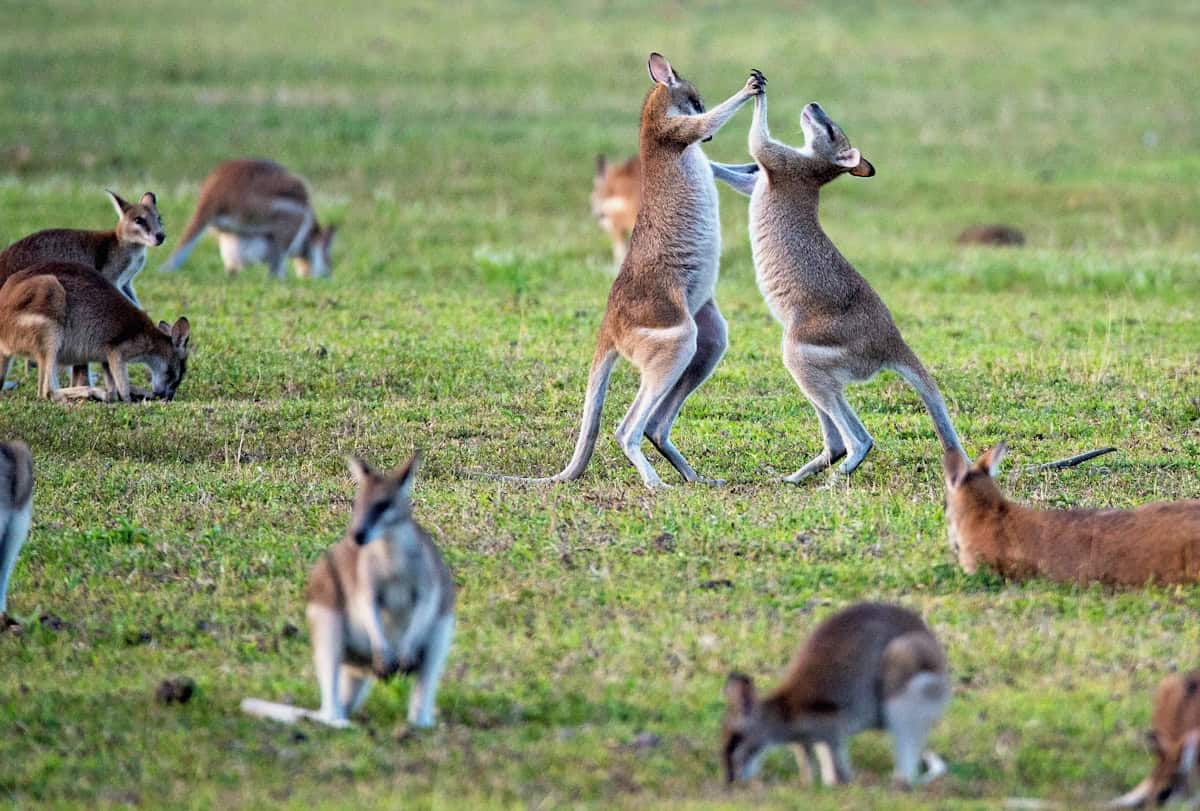
Photo by David Clode on Unsplash
Twenty minutes down the coast, Anglesea offers something you won’t find anywhere else: a golf course where Eastern Grey kangaroos treat the fairways like their personal playground. The Anglesea Golf Club has adapted to its four-legged members, and golfers regularly play around roos who barely lift their heads when balls roll past. Make sure to bring some cool golf gloves to complete your game!
Anglesea Beach provides excellent swimming conditions with patrolled areas during the summer months. The wide, sandy beach works perfectly for families, while the rocky platforms at either end create tide pools worth exploring during low tide.
Lorne: Mountain Meets Ocean
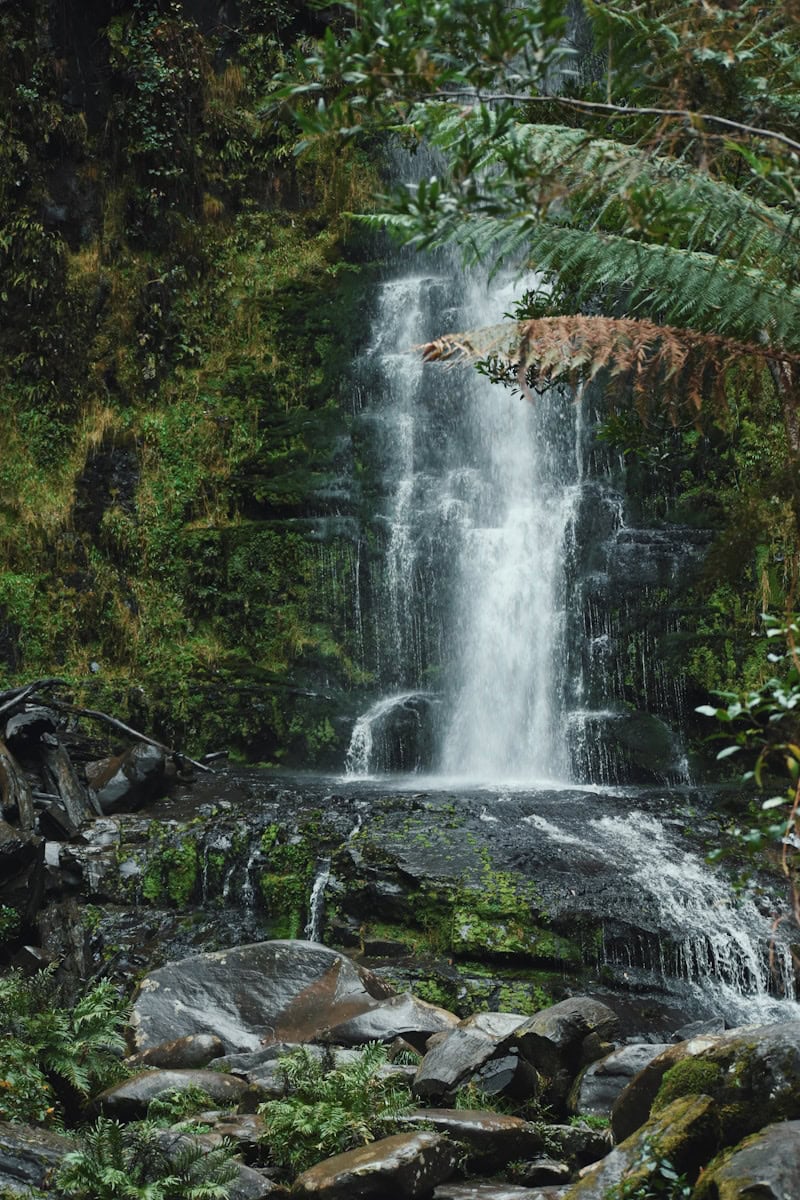
Photo by Our Life in Pixels on Unsplash
Lorne combines beachside relaxation with spectacular hinterland adventures. The town sits where the Otway Ranges meet the coast, creating opportunities for both beach days and rainforest exploration.
Erskine Falls drops 30 meters through lush fern gullies, with a moderate 15-minute walk from the parking area. The falls flow year-round, though they’re most impressive during the winter and spring, when rainfall is highest.
For panoramic views, the drive up to Teddy’s Lookout takes about 10 minutes from the town center and rewards you with incredible views of the coastline and Bass Strait islands on clear days.
Apollo Bay: Gateway to Ancient Forests

Photo by Jacob Dyer on Unsplash
Apollo Bay serves as your base for exploring Great Otway National Park, home to temperate rainforests that have existed for over 140 million years. The park protects ancient myrtle beech trees, giant tree ferns, and some of Australia’s tallest mountain ash trees.
The Great Ocean Walk starts here, with everything from short beach walks to the 104-kilometer trek to the Twelve Apostles. Day hikers can tackle sections like the Shelly Beach to Point Franklin walk (8 kilometers return) for coastal views and potential whale sightings between June and September.
The Twelve Apostles: Nature’s Masterpiece
The Twelve Apostles represent the Great Ocean Road’s most photographed attraction, though only eight limestone stacks remain standing today. These formations continue evolving as Southern Ocean waves gradually erode the soft limestone cliffs. Visit at sunrise or sunset for the best lighting and fewer crowds. The visitor center includes geological displays explaining how these formations developed over 20 million years, plus you can find helicopter tours for aerial perspectives.
Loch Ard Gorge: Tragedy and Beauty Combined
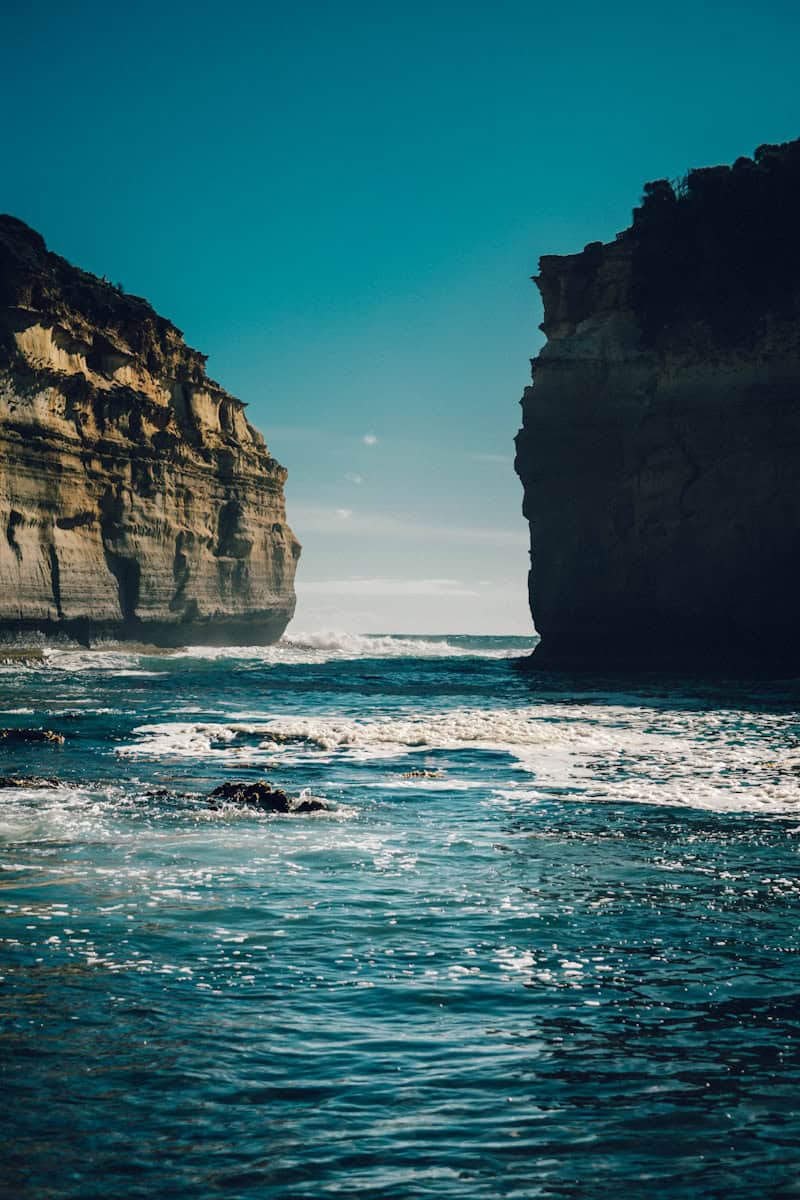
Photo by Jay Wennington on Unsplash
Loch Ard Gorge is a fabulous spot for natural beauty and maritime history. In 1878, the ship Loch Ard ran aground here during a storm, leaving only two survivors from 54 passengers and crew. The gorge now hosts walking trails leading to multiple viewpoints and a secluded beach accessible via wooden stairs.
The interpretive displays detail the dramatic rescue story, while the natural amphitheater formation creates excellent photo opportunities and peaceful spots for reflection.
Wildlife Encounters Along the Route
Koala Spotting Made Easy

Photo by Roland Kay-Smith on Unsplash
The stretch between Anglesea and Apollo Bay offers some of Australia’s most reliable koala viewing. Kennett River has become famous for koalas that sleep in roadside eucalyptus trees, often low enough for excellent photos without telephoto lenses.
Early morning and late afternoon provide the best viewing opportunities when koalas are most active. Look for the distinctive eucalyptus leaves and listen for the surprisingly loud grunting calls males make during breeding season.
Seasonal Whale Watching
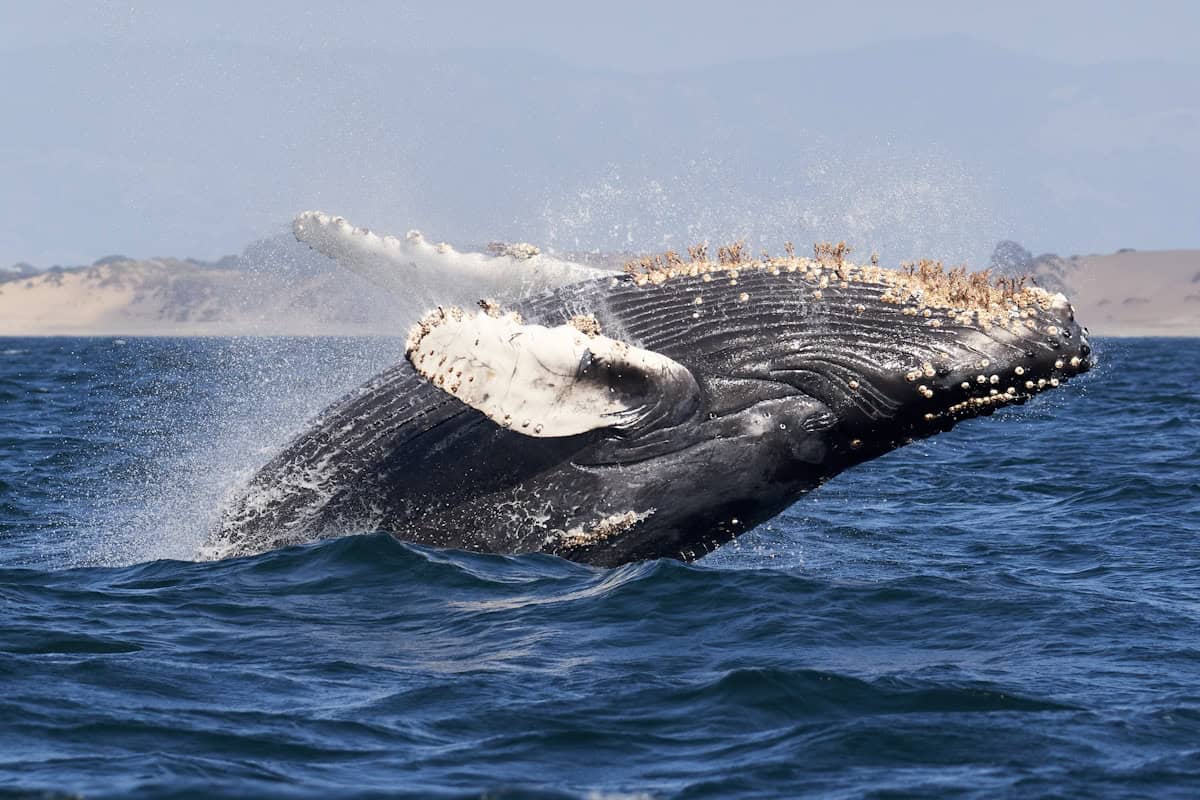
Photo by Mike Doherty on Unsplash
Between June and September, Southern Right whales migrate along this coastline to calve in the warmer waters. Logan’s Beach in Warrnambool provides the best land-based whale watching in Australia, with purpose-built viewing platforms and volunteer guides during peak season.
These whales can grow up to 18 meters long and sometimes come within 100 meters of shore, making them easily visible without binoculars. The mothers and calves stay close to shore for several weeks.
Adventure Activities Beyond the Drive
Surfing Lessons and Spot Guides
Torquay and Anglesea host surf schools suitable for complete beginners, with instructors who’ve been teaching for decades. The protected bay at Anglesea has gentler waves, which are perfect for first-time surfers. More experienced riders can tackle the point breaks at Winki Pop or Bells Beach.
Surf shops in Torquay rent boards and wetsuits, with staff who can recommend breaks based on your skill level and current conditions.
Hiking Through Ancient Rainforests
The Otway Fly Treetop Adventures takes you 25 meters above the forest floor on a 600-meter elevated walkway through 200-year-old mountain ash trees. The canopy walk ends at a 45-meter tower providing 360-degree views of the forest and distant coast.
For ground-level exploration, the Maits Rest Rainforest Walk features an 800-meter boardwalk loop through ancient myrtle beech forest, where some trees are over 300 years old.
Helicopter Tours and Scenic Flights
12 Apostles Helicopters offers flights ranging from 15-minute overviews to extended tours covering much more of the coastline. The aerial perspective reveals the full scale of the limestone coast and provides views of formations invisible from ground level.
Scenic flights operate weather permitting, with morning departures generally offering the calmest conditions and clearest visibility.
Where to Eat Like a Local
Fresh Seafood Straight from the Boats
Apollo Bay’s Fishermen’s Co-op sells fish caught by local boats that morning. Order the local crayfish when in season (November through April) or try the fresh abalone, a local delicacy that’s surprisingly affordable when bought directly from fishermen.
The Atlantic Restaurant in Apollo Bay specializes in contemporary Australian cuisine using local ingredients, with ocean views from every table and a wine list featuring regional vineyards.
Regional Wine Country
The Bellarine Peninsula, just inland from Torquay, produces excellent cool-climate wines. Bellbrae Estate offers tastings with panoramic views of the surrounding countryside, specializing in Pinot Noir and Chardonnay that pair perfectly with the coastal climate.
Scotchmans Hill near Geelong has been family-owned since 1982 and offers cellar door tastings plus restaurant meals featuring local produce and wines.
Cultural Experiences You Won’t Want to Miss
Aboriginal Heritage and History
The Wadawurrung people lived along this coastline for thousands of years before European settlement. Cultural tours available through local operators explain traditional land management, food gathering, and the spiritual significance of coastal formations. The Narana Aboriginal Cultural Centre near Geelong provides hands-on experiences and workshops led by Aboriginal educators.
Maritime History Beyond the Shipwrecks
The Flagstaff Hill Maritime Village in Warrnambool recreates a 19th-century port town complete with a working lighthouse, blacksmith shop, and period buildings. The sound and light show tells the story of the Loch Ard shipwreck using laser projections and surround sound.
More than 180 ships wrecked along this coastline between 1835 and 1940, earning it the nickname “Shipwreck Coast.” Many artifacts from these wrecks are displayed in maritime museums throughout the region.
Planning Your Great Ocean Road Adventure
How Long You’ll Need
Two to three days covers the highlights at a relaxed pace, though serious photographers and hikers could easily spend a week exploring every trail and viewpoint. Most travelers focus on the Torquay to Port Campbell section, which contains the most famous attractions and can be completed in two days.
If you’re continuing to Adelaide, add an extra day for the Port Campbell to Port Fairy section, which offers equally beautiful scenery with fewer crowds.
Best Times to Visit
December through February brings warm weather perfect for swimming and surfing, though expect larger crowds and higher accommodation prices. March through May offers mild temperatures, fewer tourists, and excellent hiking conditions.
Winter (June through August) provides the best whale watching opportunities and dramatic storm-watching from clifftop viewpoints, though some attractions may have reduced hours.
Essential Gear and Apps
Download the Great Ocean Road app for attraction information, dining recommendations, and event updates.
Pack layers regardless of season – coastal weather changes quickly, and you’ll encounter different microclimates from beachside warmth to cool rainforest temperatures. Good walking shoes are essential for trail exploration and beach scrambling!
A polarizing filter for your camera cuts through glare off the water and helps capture the true colors of the limestone formations.
Ready to Travel?
The Great Ocean Road rewards travelers who take time to explore beyond the main viewpoints. Those limestone stacks are incredible, but the hidden beaches, rainforest walks, and small-town discoveries often become the trip highlights people remember most.
About the Author
Mike is a writer who researches and shares actionable advice around travel lifestyle, finance, and personal growth. He loves any trip where he can explore the great outdoors, and believes everyone should be able to experience travel for personal development and fulfillment. Read his other articles on Frayed Passport here.Featured image by Cody Board on Unsplash
Information published on this website and across our networks can change over time. Stories and recommendations reflect the subjective opinions of our writers. You should consult multiple sources to ensure you have the most current, safe, and correct details for your own research and plans.
Frayed Passport is a participant in the Amazon Associates Program, an affiliate advertising program designed to provide a means for sites to earn advertising fees by advertising and linking to Amazon.com. We also may share links to other affiliates and sponsors in articles across our website.

